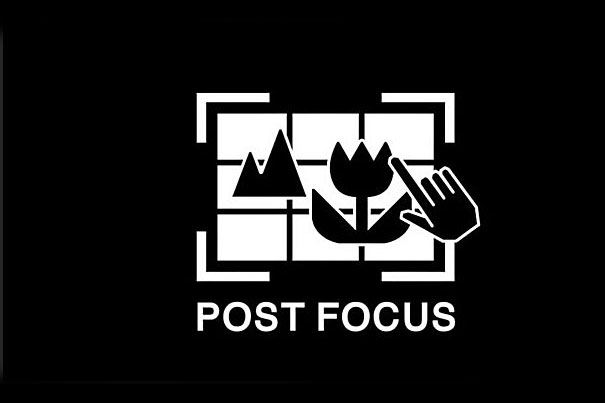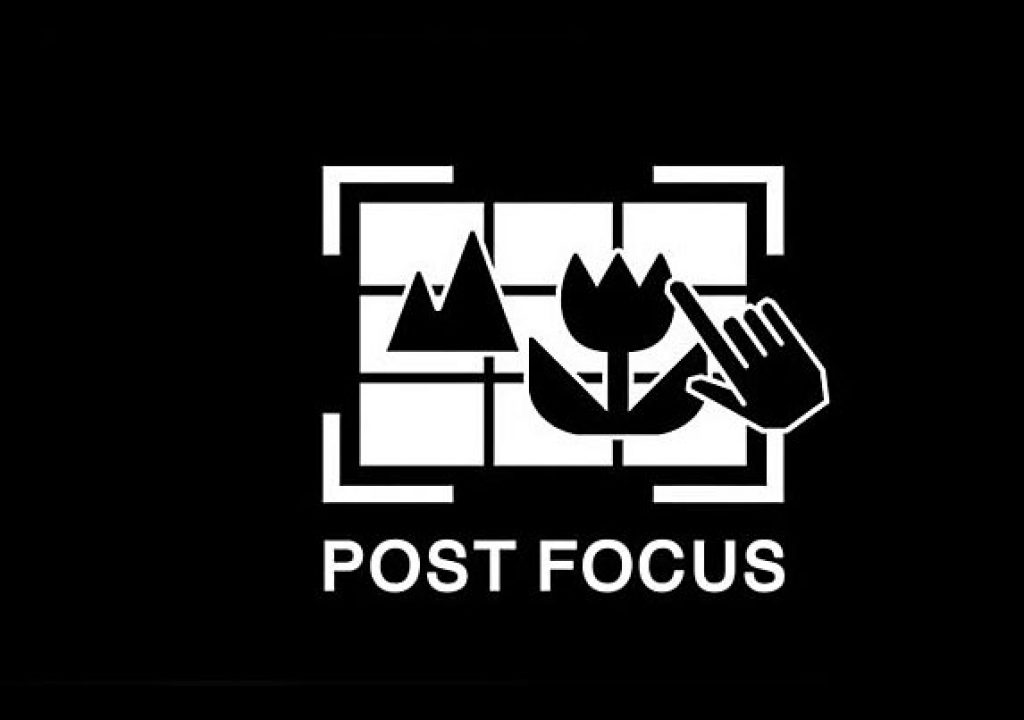
The Post Focus feature introduced by Panasonic is not a marketing gimmick, but a feature that justifies the presence of 4K in photo cameras and makes the focus stacking aficionados dream about the arrival of 8K.
Through a firmware update available since yesterday, owners of Panasonic models DMC-GX8, DMC-G7 and DMC-FZ300 can select the Post Focus option and get sharp images even if they don’t get it right in camera. Now more than ever the “I’ll fix it in post” idea becomes a reality, even if the whole magic happens in camera, before exporting the photos to your hard drive.
Post focus may not be the savior of a sloppy picture taking session, something my comment above may suggest, but it seems to be an interesting feature that extends beyond the simple gimmick some may see on the announcement. Not having tried it myself, as the Panasonic G model I own is not included in the list of cameras able to receive the firmware, I’ve to believe the information made available by Panasonic, and the experience of others.
Panasonic Australia posted a video online, with their Product Specialist, Wayne Bradley, explaining how the new feature works. Available with the latest free firmware download, Post Focus allows you to take a photo and then choose your focal point later. With Post Focus, you can shoot with confidence knowing that you can always change the focal point if your photo was out of focus. Wayne Bradley shows how it is done, and it really seems easy.
There is a special reason why only the three models mentioned above get the Post Focus option: Post Focus leverages Panasonic’s high-speed, high-precision, 49-area DFD (Depth From Defocus) auto focus technology, and leadership in 4K Photography and Video, to capture 4K (3840 x 2160 pixels) images at 30 fps. In fact, what the camera does is take a series of pictures, using a section of the whole sensor, meaning the final images will have 8MP.
While file size may be a limitation, the potential this technology opens goes well beyond the simple selection of focus after taking the picture. As what the camera does is capture a sequence of images at different focusing points, it is possible to use the Post Focus as a “quick” way to get material for focus stacking, something that usually asks for a tripod, patience and some knowledge. Here, although the use of tripod may be advised, the technical aspects are automatically handled by the camera.
Panasonic’s Post Focus may not offer all the features found in a full focus stacking process, but is an interesting starting point that will attract more users to a technique which offers a solution for extended depth of field in macro photography. Being able to do it almost automatically will help people to discover another interesting aspect of optics in photography.
The operation of Post Focus function is quite simple and easy – set the camera to Post Focus mode, and press the shutter button. The camera automatically “racks” the focus while capturing photos with varied in focus points. During playback, use the touch screen to select the in focus area desired, and save as a separate 8 megapixel photo file… all right in the camera.
To assist in getting the perfect image, take advantage of Focus Peaking, 5x magnified view and fine adjustment functions, taking as much time as needed after shooting. The process can be repeated to get multiple images as many times as desired from the original photo.
Post Focus does have some limitations. It is best used for non-moving subjects, such as portraits or landscapes, and is ideal for shooting at wide apertures to create dramatic, shallow depth of field effects. It would be interesting to compare results achieved through this process with those from the bokehrama technique, which also aims to create a very sharp main subject with a shallow depth of field, although usually associated with a panorama. Now, if Panasonic could mix the Post Focus with a panorama function, things would get even more exciting.
Anyway, as it is now, the system allows users to create different impressions out of a single shot by changing the highlighted subject after capturing the picture, taking the risk and anxiety out of getting that perfect picture. And for those curious about focus stacking, the doors to a whole new experience are about to open. Simply capture the scene using the same process, then use third party software to perform “focus stacking”, to combine multiple frames into a single image, which has more areas in tack-sharp focus for amazing results in a fraction of the time typically needed for great macro images.
The feature gives one more good justification to have 4K video in a camera, and makes many wish 8K comes sooner, so the 8MP pictures one is able to do now with Post Focus get a bit larger. Technology is great, especially when we find more uses for it!
The Post Focus function is available for the DMC-GX8, DMC-G7 and DMC-FZ300 by updating to the latest FREE firmware upgrade, available at LUMIX Global Customer Support Site.

